Compelling cultural happenings for Italophiles
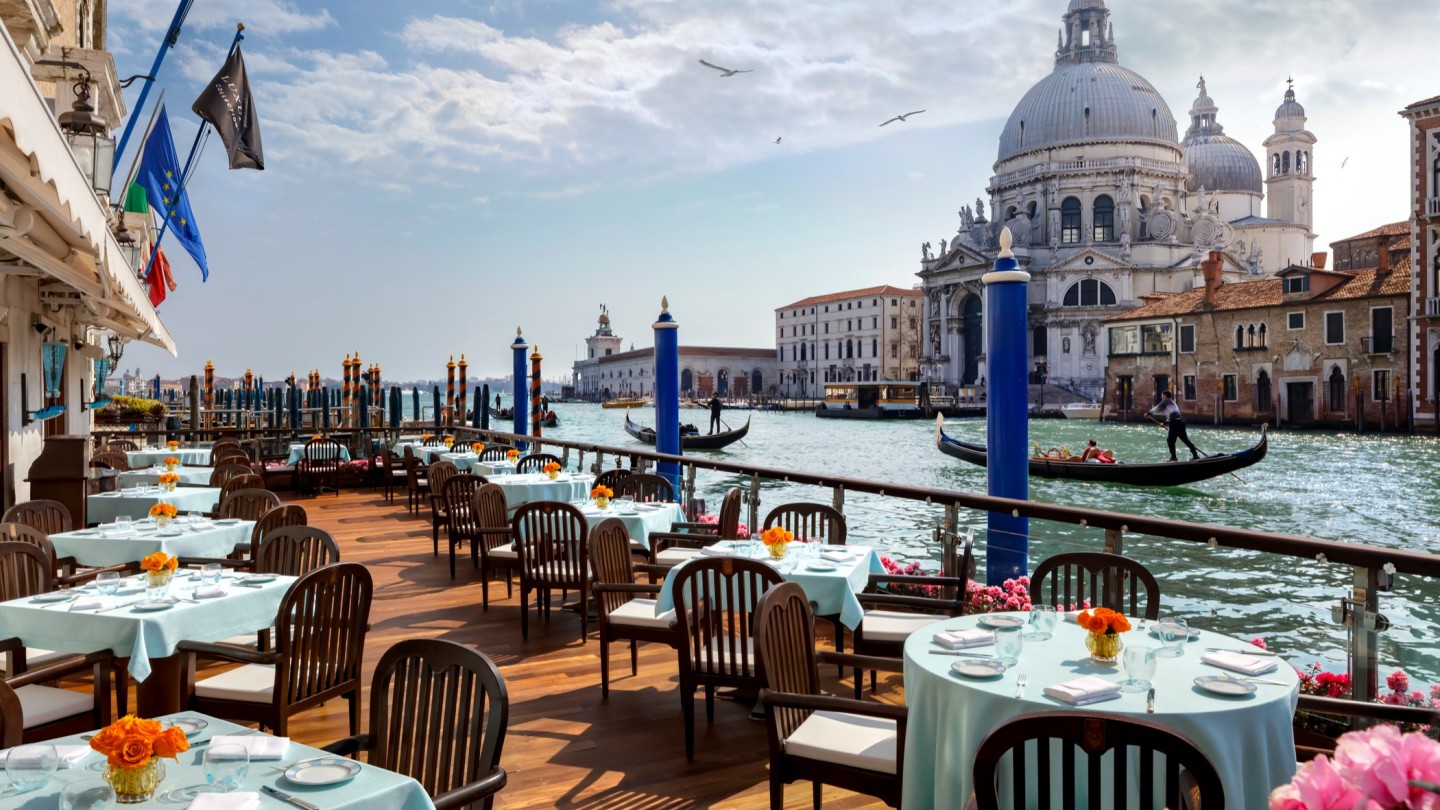
Roula Khalaf, Editor of the FT, selects her favourite stories in this weekly newsletter.
An artisanal garden party in Florence
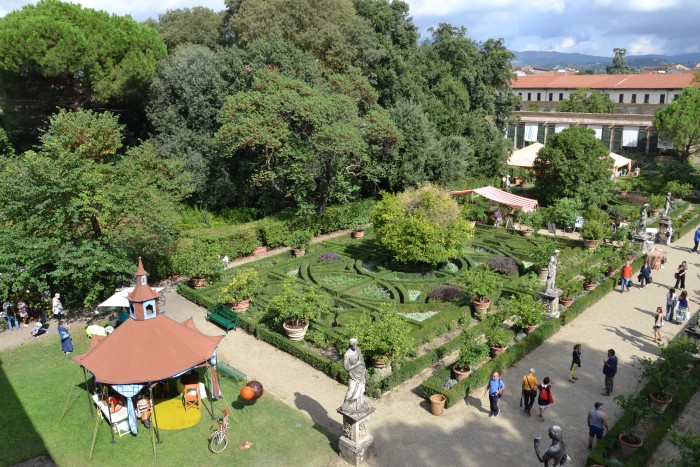
For 2022, at Florence’s (arguably Italy’s) premier artisan and crafts fair – a three-day event on the grounds of Palazzo Corsini al Prato – there will be live demonstrations, chefs from Florence’s Cordon Bleu school preparing signature dishes, and a showcase for San Patrignano, the famous residential community which helps get recovering addicts, the homeless and the marginalised onto viable new life paths through training in carpentry and the applied arts. Now going into its 28th edition, still manned by its founder, Neri Torrigiani, alongside Sabina Corsini (the daughter of its late, longtime patron, Princess Giorgiana Corsini), Artigianato e Palazzo is more than ever an endeavour to place old crafts – from leatherworking and embroidery to metalsmithing, ceramics and crystal-working – in the contemporary context they merit. It’s a chance to watch artisans at work, and to engage with them in person, while enjoying the limonaie, gardens and ground-floor salons of one of the city’s most splendid private houses. 16 to 18 September, artigianatoepalazzo.it
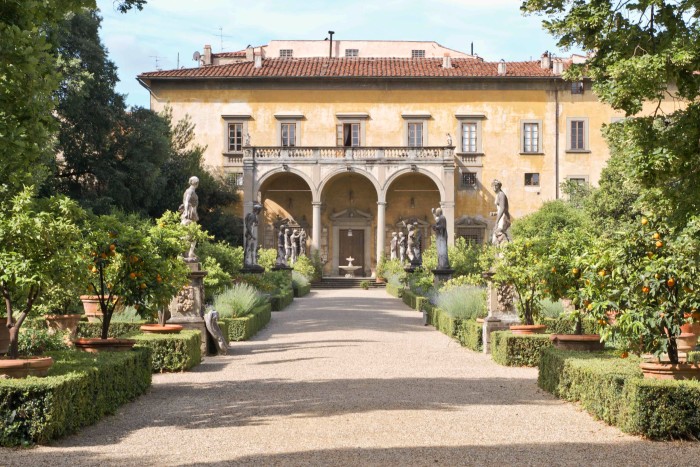
Stay: In keeping with the theme, go small and artisanal: the seven rooms at Ottantotto are spread across four floors on the Via de’ Serragli, in the heart of the Oltrarno, Florence’s Left Bank. They’re decorated with contemporary art and refurbished antiques, and all have 24-hour access to a ground-floor living room and terrace. From €140, ottantottofirenze.it
A panorama of art in Puglia
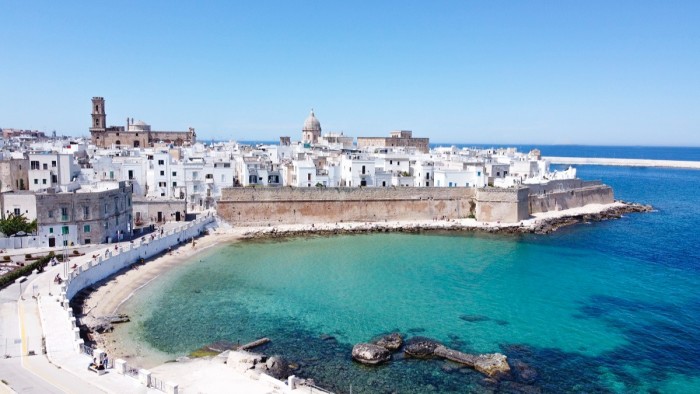
Last summer, Italics – the content-events consortium of Italian art galleries – staged the inaugural edition of Panorama, its roving three-day exhibition, on the tiny island of Procida. Extensive reconnaissance and careful curation put various periods of art in dialogue both with each other and with Procida’s warren of piazzas, courtyards and galleries, resulting in a dynamic experience full of treasure hunt-like moments. This year, Italics is taking Panorama to Monopoli, one of the white cities of Puglia’s Adriatic coast. 70 works by 60 artists – among them Stanley Whitney, Alighiero Boetti, Mimmo Rotella and rising Roman star Gianni Politi – will be installed in aristocratic palaces and narrow passageways, churches and monasteries, and in stables and cobbled squares. There will be live events as well – including the acclaimed photographer Massimo Vitali snapping myriad locals plunging into the sea and swimming at dawn on 1 September, a centuries-old local tradition believed to ensure good health through the winter. 1 to 4 September, italics.art
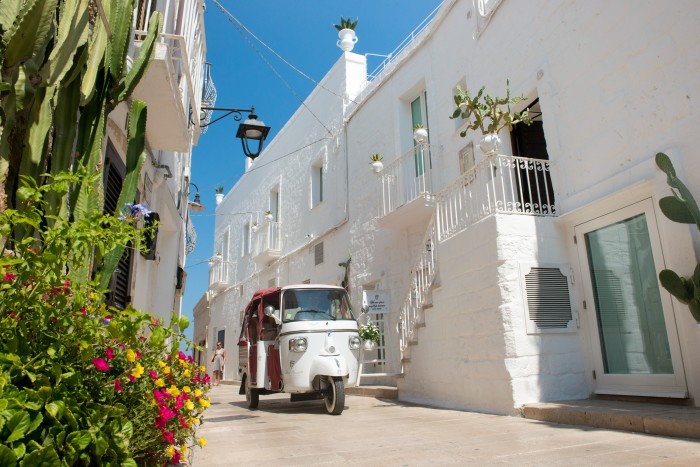
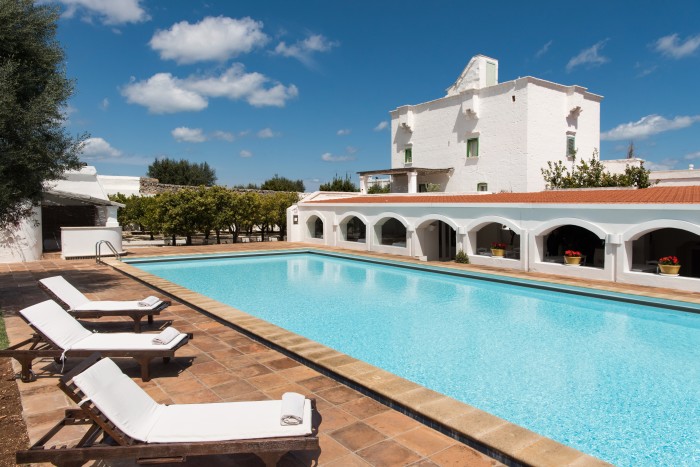
Stay: Don Ferrante is everyone’s favourite Monopoli Old Town address, with just 10 whitewashed rooms in a fortified palace built into the city’s ramparts, a rooftop pool and a smattering of terraces and courtyards. Just eight minutes’ drive from town is Il Melograno, one of Puglia’s original converted masserie, with understated country-chic rooms, a generous pool and its own beach club, Tamerici, close by. Don Ferrante, from €300, donferrante.it; Il Melograno, from €280, melograno.com
A brawny expression of tradition in ancient Viterbo
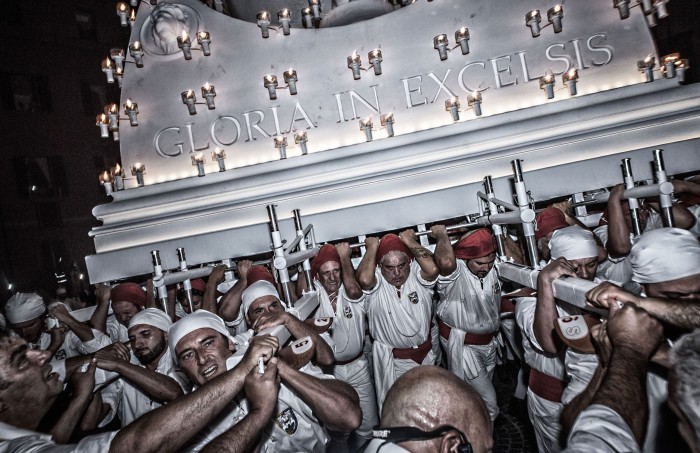
If you enjoy your cultural happenings with a side of sheer human might, consider a weekend in the medieval city of Viterbo, in central Lazio. An extraordinary event known as La Macchina di Santa Rosa has taken place here every year since 1258 to mark the funeral procession of a revered local saint. As the centuries passed, the macchina – a commemorative tower-like sculpture, ornately decorated and lit with candles (and latterly, strands of electric lights) and crowned with an icon of Saint Rosa herself – grew in size; the current iteration, in use since 2015, measures more than 30m tall, and weighs five tonnes. Which is where the “might” part comes in: at 9pm on 3 September, it is carried, by around a hundred stout, highly trained locals known as facchini, for an entire kilometre through Viterbo’s historic centre. It sways; it lists; the men sweat and groan – as do many of the thousands of spectators who crowd the piazzas and streets to watch the rare and thrilling spectacle, one unique enough to have been designated a UNESCO Intangible Cultural Heritage event. There’s a small but fascinating museum of La Macchina in the town that’s worth seeing, too. 3 September, comune.viterbo.it
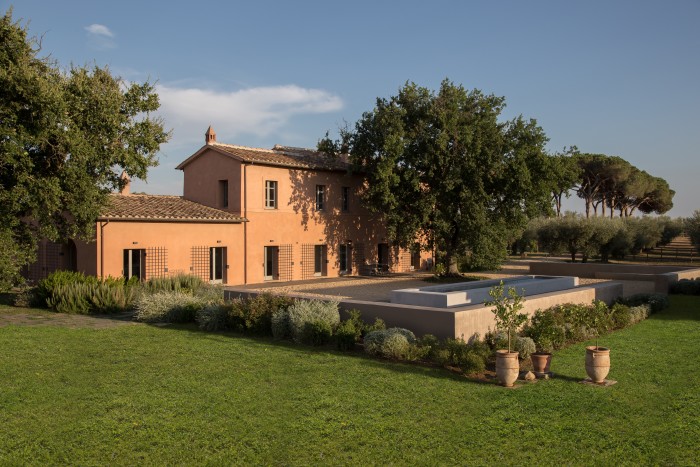
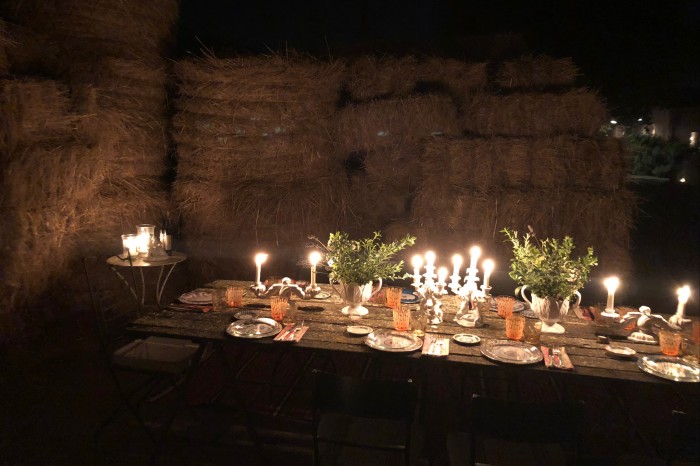
Stay: Tenuta di Paternostro is a beautiful 31-hectare horse farm-turned-country retreat a 20-minute drive from Viterbo. It’s owned by Olivia Mariotti, a former fashion executive, and its five suites are the chicest for miles around. Mariotti’s secret weapons are her enormous kitchen gardens and her excellent chefs; stay an extra night to enjoy a private dinner in the renovated barn, strewn with kilims and suzanis and lit by dozens of lanterns. B&B from €200, tenutadipaternostro.it
Row with the flow in Venice
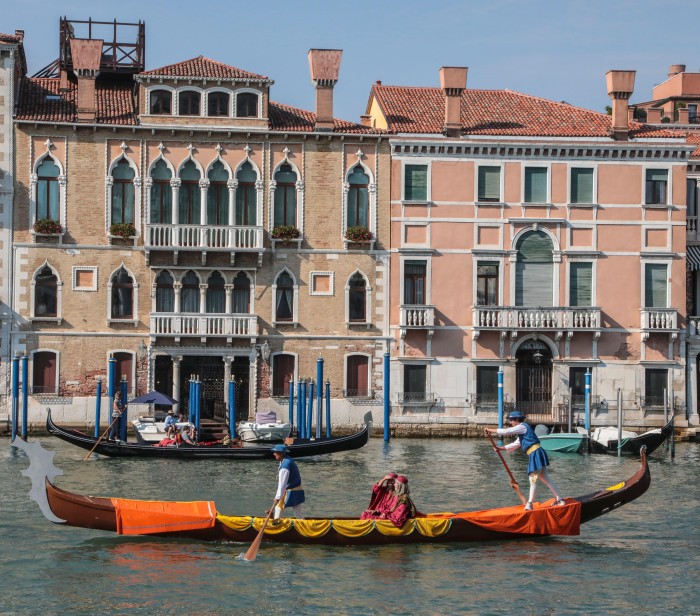
Venice has its two Biennales, and its Festival del Cinema. But for a certain cohort its most exciting celebration of excellence is and always will be its Regata Storica, the pinnacle of the city’s Voga alla Veneta calendar of rowing events, a tradition whose roots stretch back at least to the middle of the 13th century. Things kick off with a nice bit of maritime pageantry, in the form of an opening parade in the 16th-century style, manned by gondoliers in period costume, that sails up the Grand Canal. A series of competitions follows: young rowers’ and womens’ races, a six-oared regatta, a men’s gondola finale. The boat nomenclature – mascareta, disdotona, caolina, pupparin – will alone be enough to get some booking their flights. It’s both legitimate sport and one of Venice’s finest expressions of pride and heritage. 4 September, regatastoricavenezia.it
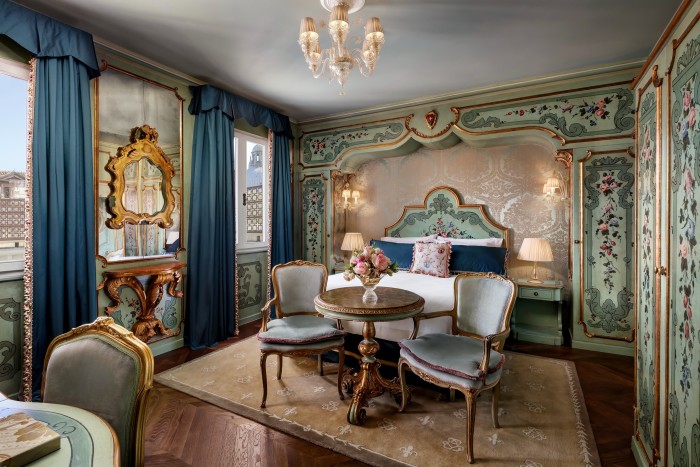
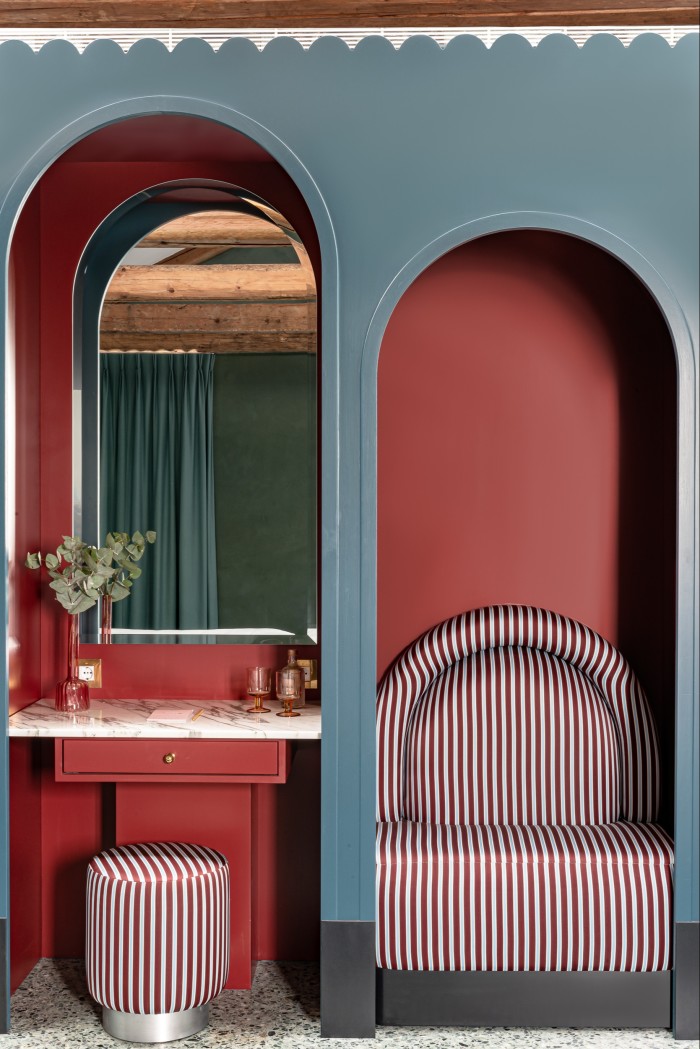
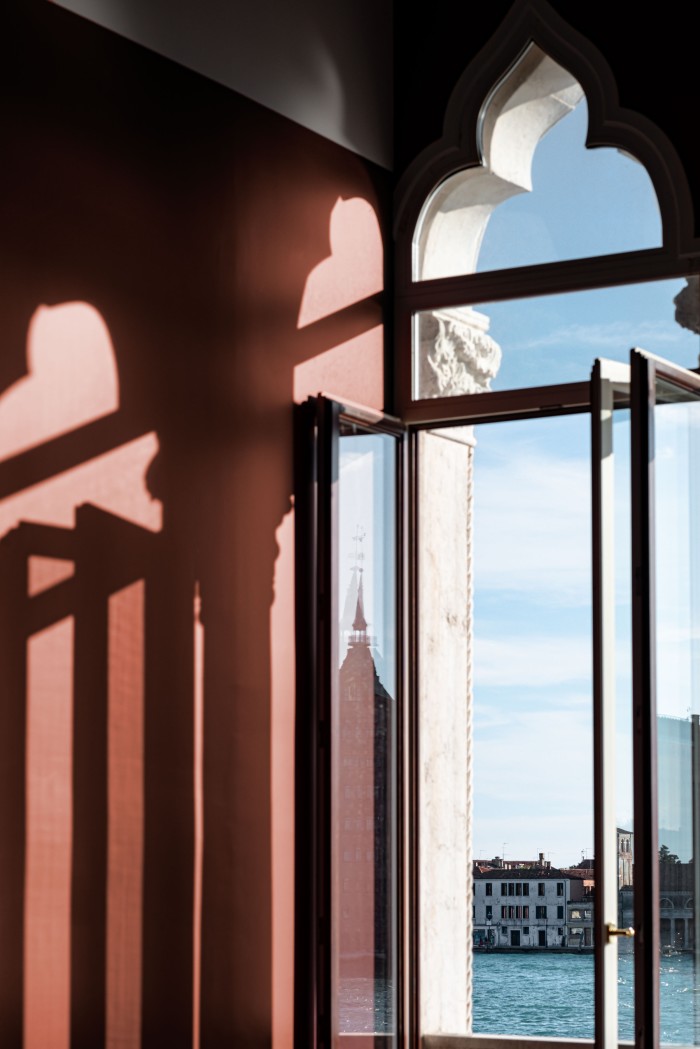
Stay: If a front-row seat warrants a bucket-list spend, you can’t do better than the Gritti’s delicious more-is-more Venetian interiors and timeless terrace. For excellent value with a waterfront location in Dorsoduro, book at Il Palazzo Experimental – its 32 rooms are sleek and fun, it has a buzzy cocktail bar, and the best pizza in town is a few doors down at Oke. The Gritti Palace, from €850, luxurycollection.com; Il Palazzo Experimental, from around €200, palazzoexperimental.com
Contemporary sculpture with Roman roots
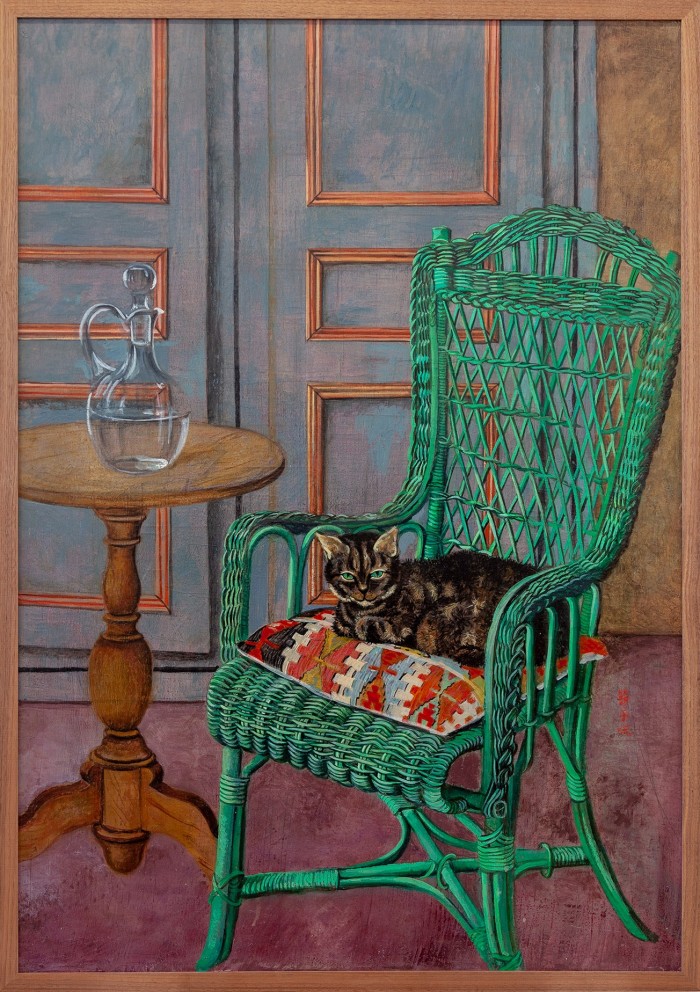
For 15 years, the artist Setsuko Klossowska de Rola – the widow of the French-Polish painter Balthus, and known colloquially as Setsuko – lived at the Villa Medici in Rome, when Balthus was director of the Académie de France. It was there that she first met the ceramicist Benoît Astier de Villatte, who himself had lived at Villa Medici as a child. A long and fruitful bond formed; today, Setsuko produces works in ceramic in her studio in the Astier de Villatte atelier: both collaborative series and her own sculptures – oak, magnolia and lemon trees, embellished with floral and fruit motifs – rendered in its signature white-glazed terracotta. In September, these monumental works, alongside additional sculptures in wood and bronze, and drawings and paintings dating from Setsuko’s 1960s Rome sojourn through to the pandemic, will show in a major career retrospective at the Rome outpost of Gagosian – the first time the artist has exhibited in the Eternal City since 1979. Into the Trees II, 8 September to 29 October, gagosian.com
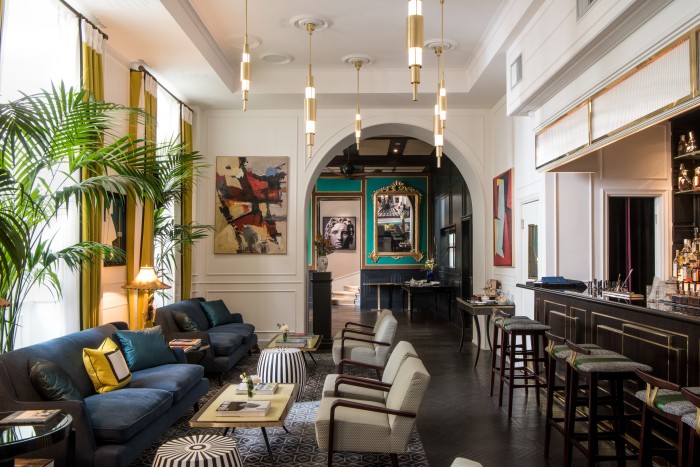
Stay: The super-polished Hotel Vilòn ticks all the boxes: pretty rooms, super-central coordinates (overlooking the private gardens of the Palazzo Borghese), a jewel-box courtyard, friendly service. To be a more or less literal hop-and-skip from Gagosian’s Via Francesco Crispi location, the groovy contemporary apartments at CasaCau are a good, and good-value, option. Hotel Vilòn, from €650, hotelvilon.com; CasaCau, from €270 for a studio apartment that sleeps 2, casacau.com
Comments